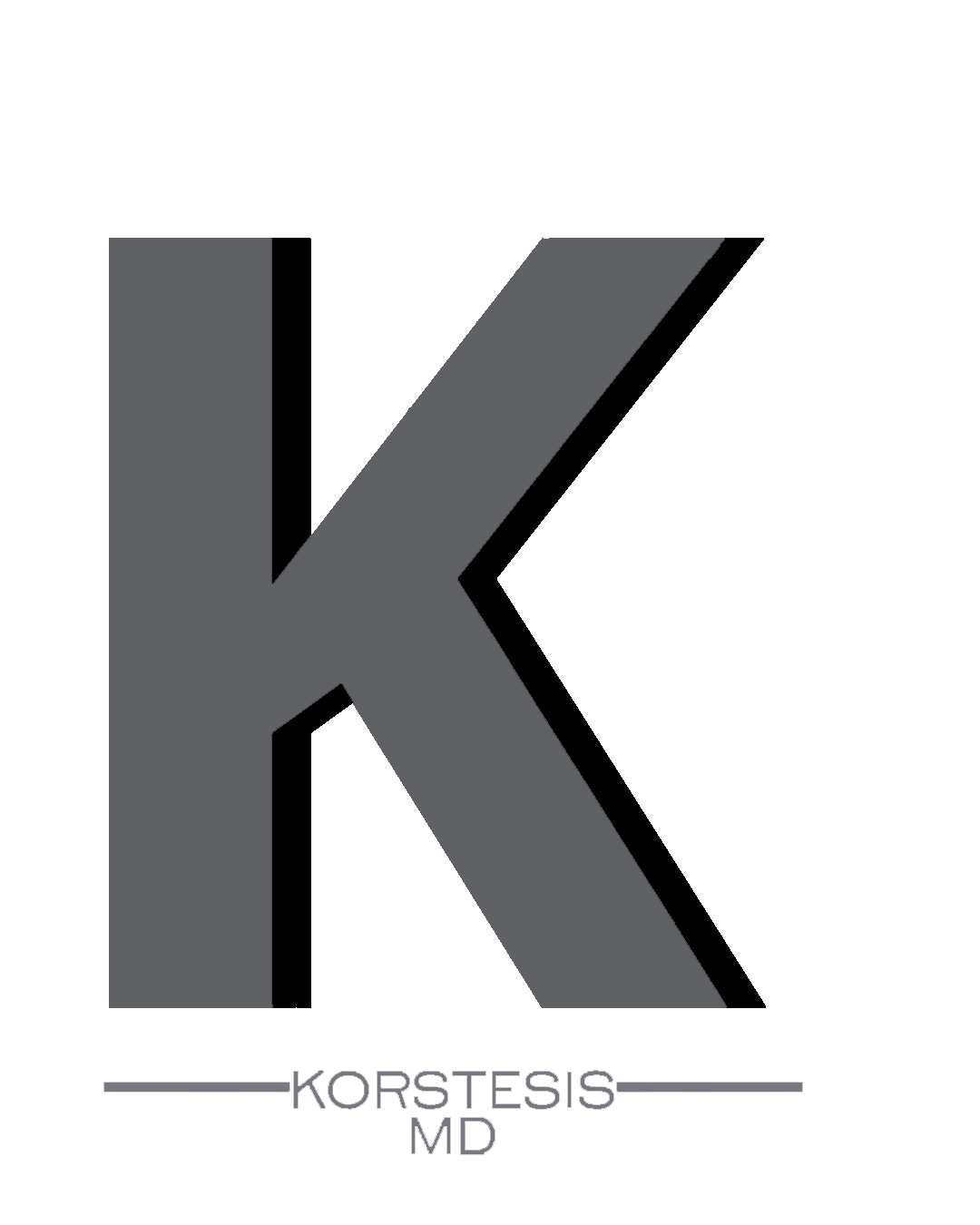
Sometimes it’s very difficult for plastic surgeons to suggest procedures that a patient hasn’t directly asked for. The art of suggestion is, indeed, an art. When I first started out I struggled with this process. I’ve come to see that building trust is the first, most important step, and to do that, you need to be open and upfront with a patient.
If they come in asking for a procedure and don’t need it, tell them they don’t need it. And if there’s more benefit they can get from a different or additional procedure, tell them that, too. You need to be direct yet compassionate.
Have empathy for the patient and make sure they know you’re on their side. Bear in mind that you know what’s possible, and patients often don’t. They may be asking for the minimum because they don’t know that they could look even better with an additional procedure. It is up to us to educate the patient about what can be done, and it’s up to them to decide what they want to do.
My approach is always to frame suggestions as part of the bigger picture. So, let’s say, I’m talking to a patient about her upper eyelids, and I say, “I think you would do great if I cut this excess amount of skin out. You would look fantastic. But if we look at your entire eye, there’s more that we could do. I am not suggesting you do this, but if you wanted to, we could do your lower eyelids as well, and here’s what that would do for you.”
The same thing goes with liposuction: “Hey, I know you really want liposuction to your belly. But if we look at the whole trunk as a unit and do liposuction to your lower back or right above your buttocks, it could really transform things.” It’s just a suggestion I bring up to patients. These add-ons change a B result to an A result.
Sometimes you’ll tell them they don’t need, say, a complete facelift but just some work on their eyes. Or somebody may come in for a rhinoplasty to get their nose done, but maybe they just need their chin worked on because it’s out of alignment. Show them that and say,” This is what you really need to do.”
That builds trust because it shows patients you are giving them your best advice, even though it means you’re not going to make as much money as you would by giving them the procedure they asked for. You’re proving you’re on their side, and in the long term, the money will follow. Keep their best interests at heart, follow the golden rule, and you’ll build trust, and then you can walk that fine line of suggesting an improvement without making people feel insecure about something they weren’t bothered about before.
To discuss specifics to rapidly grow your aesthetic medical practice, get in touch with me here. You can also connect with me on LinkedIn.

